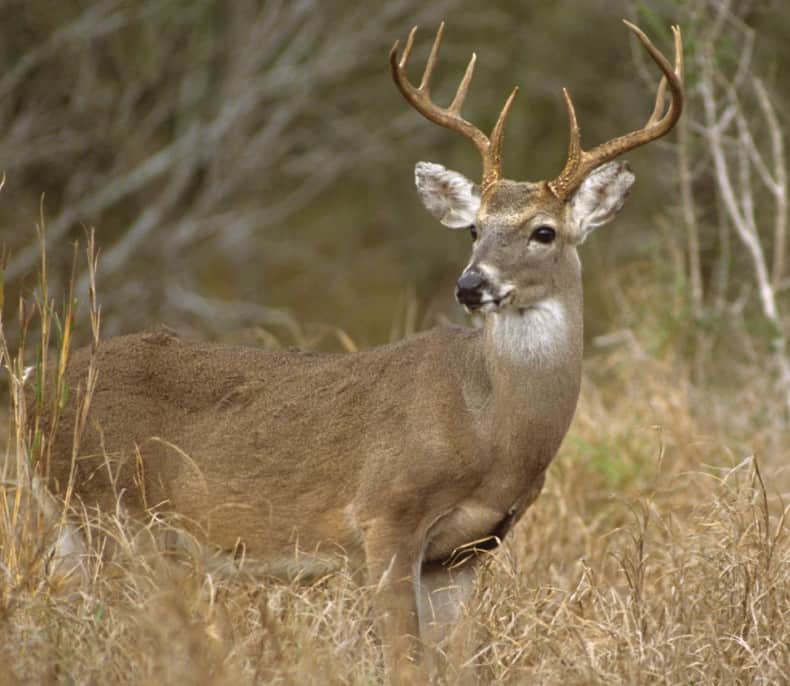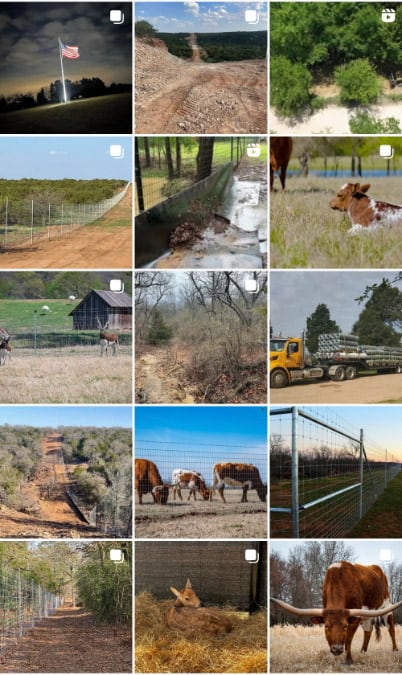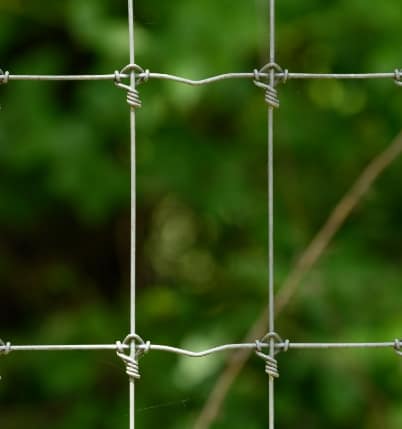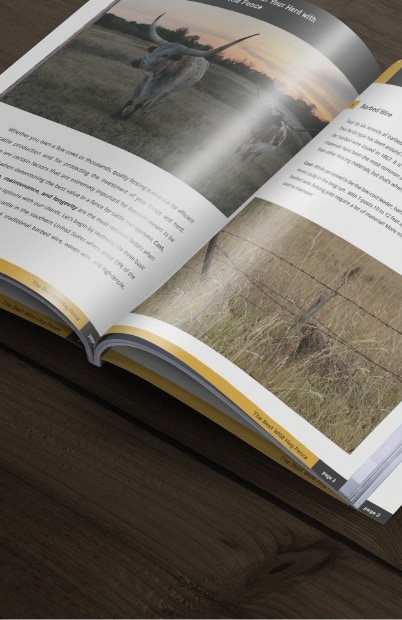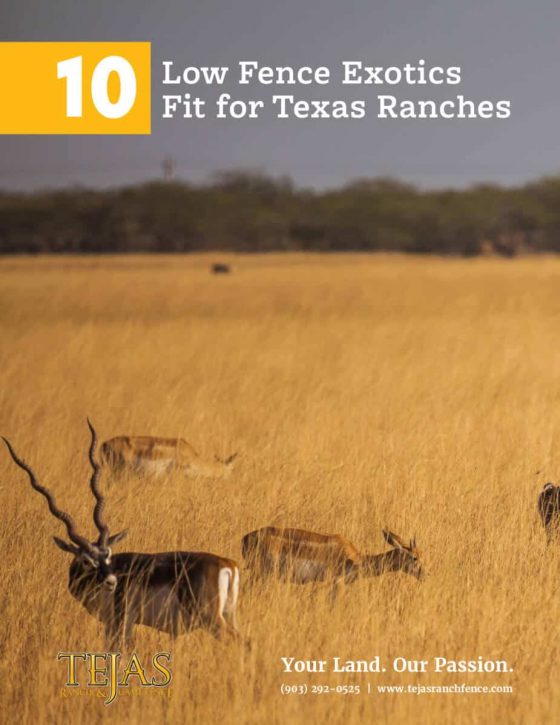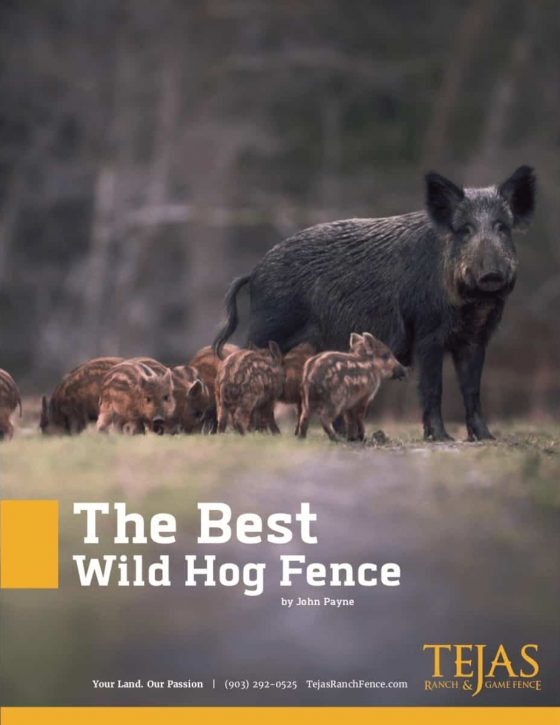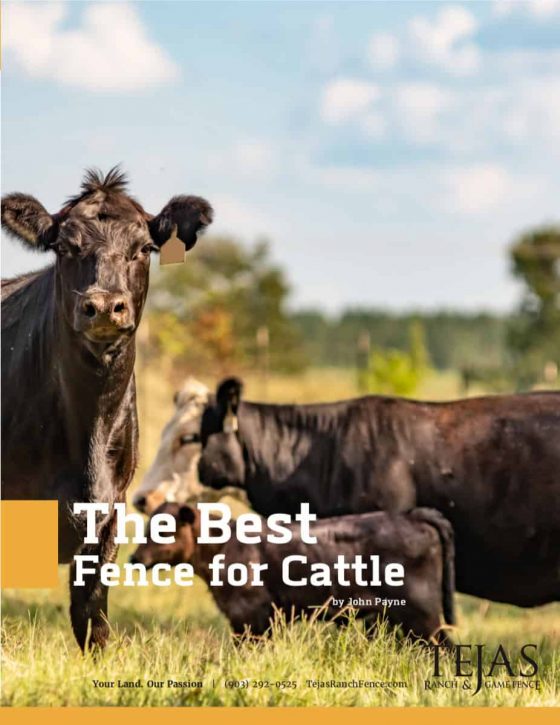Among the hottest wildlife topics among hunters, property owners and government agencies is Chronic Wasting Disease (CWD), and how best to protect both the wildlife and humans.
The Centers for Disease Control and Prevention (CDC) defines CWD as “a prion disease that affects North American cervids (hoofed ruminant mammals, with males characteristically having antlers).”
Mule deer, white-tailed deer, elk, and moose are the animals that are known to be hosts of this disease that, according to the Chronic Wasting Disease Alliance, causes a characteristic spongy degeneration of the brains of infected animals resulting in emaciation, abnormal behavior, loss of bodily functions and death.
While the CDC has not found direct evidence to conclusively state how CWD is transmitted, there is evidence to support transmission is occurring through “direct animal-to-animal contact” or through contaminated deer feeders and water.
There does not appear to be consensus on the risk to humans. The Chronic Wasting Disease Alliance says that the World Health Organization “concluded that currently there is no evidence that CWD can be transmitted to humans.” The CDC however, states that years of follow-up are needed to determine the risk to people.
One thing is clear: Preventing your deer population from contact with outside wildlife is one facet of a sound strategy for protecting them from this deadly disease.
Also, stay engaged and informed on government regulations and agency activities. As reported by Brent Frazee of “The Kansas City Star,” one Missouri deer farm is finding increased pressure and costs to maintain their private (and fenced) deer population.
For more information on effective high game fence, contact premier ranch fence contractor Tejas Ranch & Game Fence.
